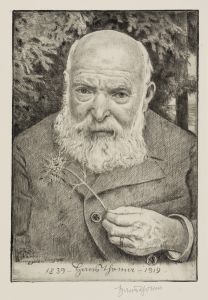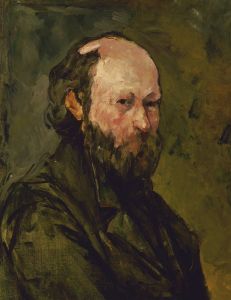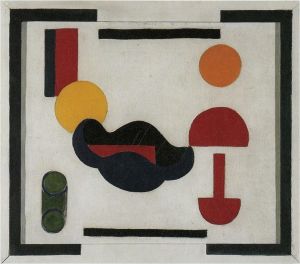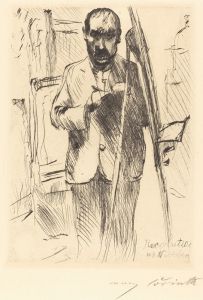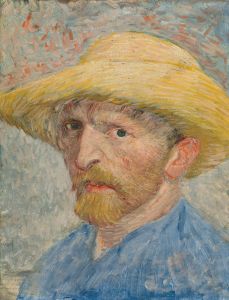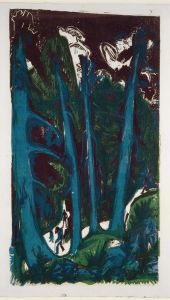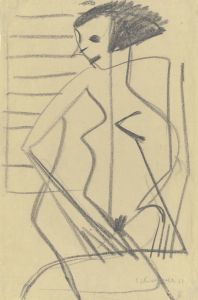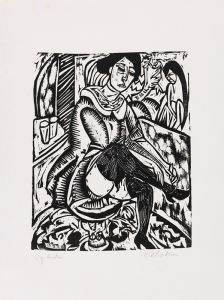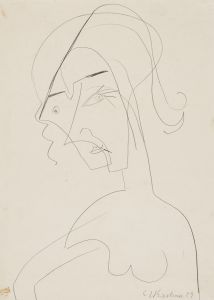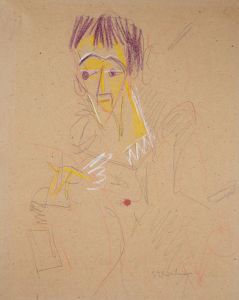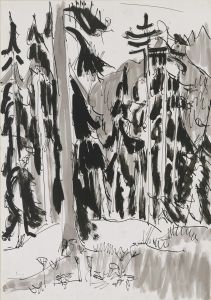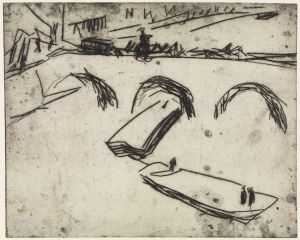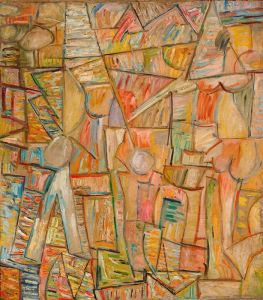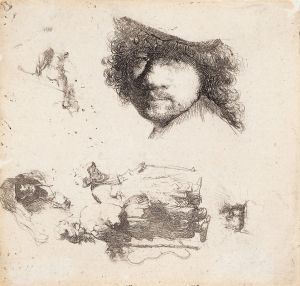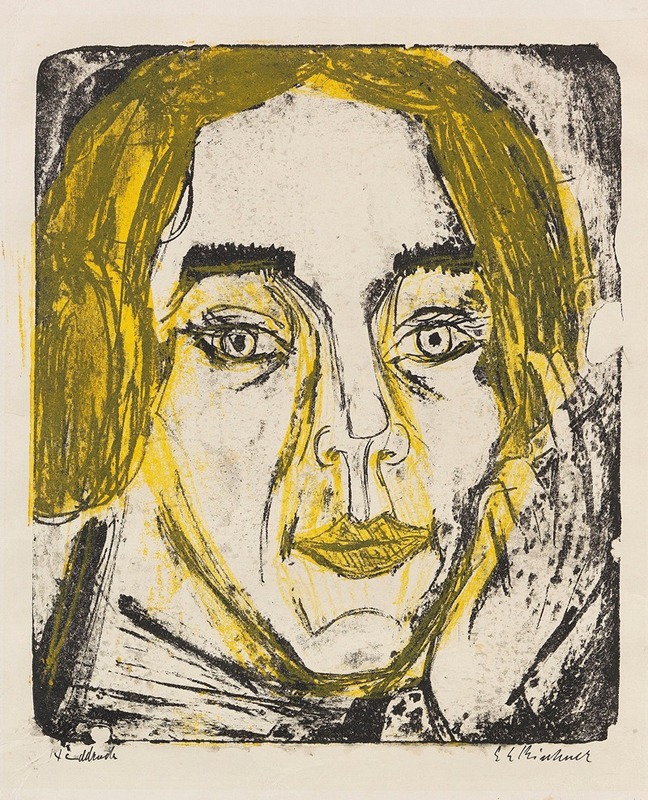
Kopf Mary Wigmann
A hand-painted replica of Ernst Ludwig Kirchner’s masterpiece Kopf Mary Wigmann, meticulously crafted by professional artists to capture the true essence of the original. Each piece is created with museum-quality canvas and rare mineral pigments, carefully painted by experienced artists with delicate brushstrokes and rich, layered colors to perfectly recreate the texture of the original artwork. Unlike machine-printed reproductions, this hand-painted version brings the painting to life, infused with the artist’s emotions and skill in every stroke. Whether for personal collection or home decoration, it instantly elevates the artistic atmosphere of any space.
"Kopf Mary Wigmann" is a painting by the German expressionist artist Ernst Ludwig Kirchner, created in 1920. Kirchner was a pivotal figure in the expressionist movement and a founding member of the artist group Die Brücke, which sought to create a new form of artistic expression that was raw and emotive, breaking away from traditional academic art forms.
The painting depicts Mary Wigman, a renowned German dancer and choreographer, who was a significant figure in the development of modern dance. Wigman was known for her innovative approach to dance, emphasizing expression and emotion over classical technique. Her work often explored themes of existentialism and the human condition, which resonated with the expressionist ideals that Kirchner and his contemporaries championed.
Kirchner's portrayal of Wigman is characteristic of his style, which often features bold colors, dynamic compositions, and a sense of movement that captures the essence of his subjects. In "Kopf Mary Wigmann," Kirchner uses a vivid color palette and expressive brushstrokes to convey Wigman's intense and passionate personality. The painting focuses on her face, capturing a moment of introspection or performance, which reflects both her inner world and her public persona as an artist.
The relationship between Kirchner and Wigman was one of mutual respect and artistic influence. Both artists were part of the vibrant cultural scene in Germany during the early 20th century, a period marked by significant social and political change. This environment fostered a spirit of experimentation and collaboration among artists, musicians, and performers, leading to the development of new forms of artistic expression.
Kirchner's work, including "Kopf Mary Wigmann," is often seen as a reflection of the tumultuous times in which he lived. The expressionist movement, with its emphasis on emotion and subjective experience, provided a means for artists like Kirchner to process and comment on the rapid changes occurring in society. His paintings often explore themes of alienation, anxiety, and the search for identity, which were prevalent concerns in the post-World War I era.
Mary Wigman's influence extended beyond her performances; she was also a teacher and mentor to many dancers, contributing to the spread of modern dance throughout Europe and the United States. Her emphasis on the expressive potential of dance aligned with the expressionist movement's goals, making her an ideal subject for Kirchner's work.
"Kopf Mary Wigmann" is a testament to the interconnectedness of different art forms during this period and highlights the ways in which artists from various disciplines inspired and influenced one another. The painting remains an important example of Kirchner's expressionist style and his ability to capture the essence of his subjects through his unique artistic vision.





